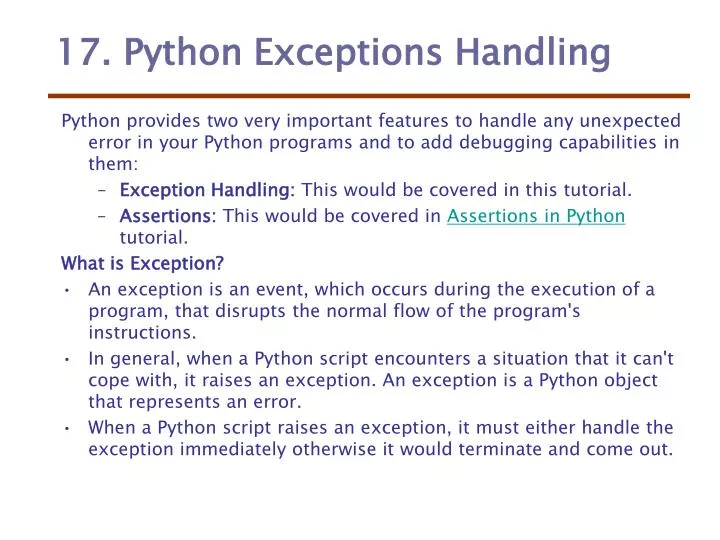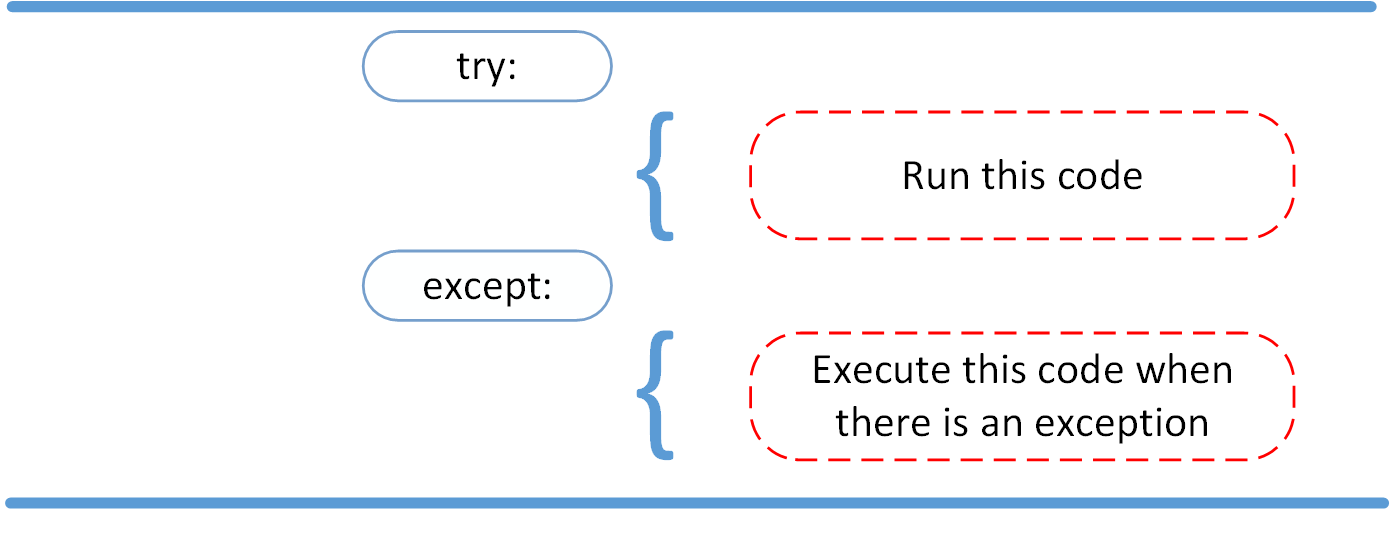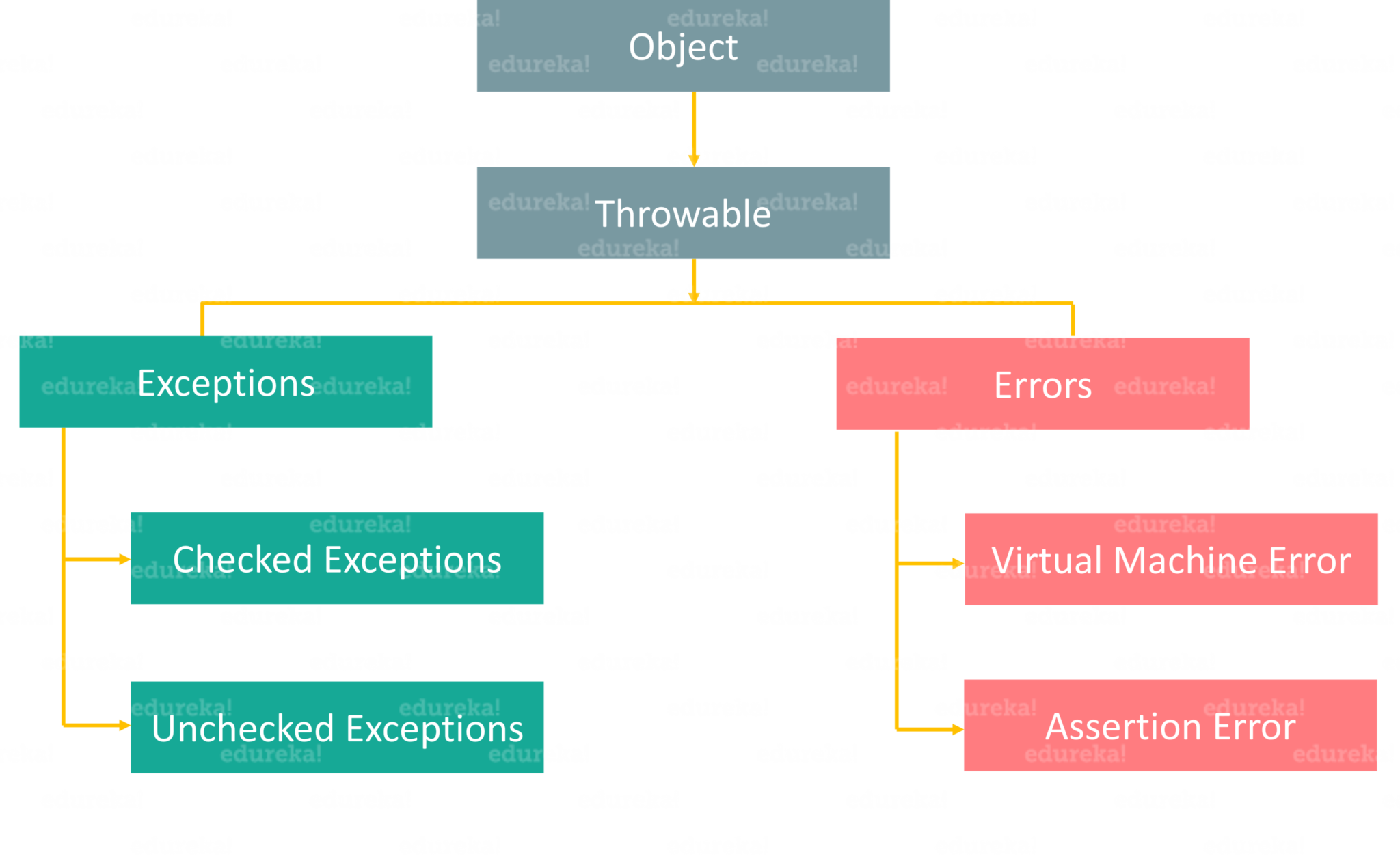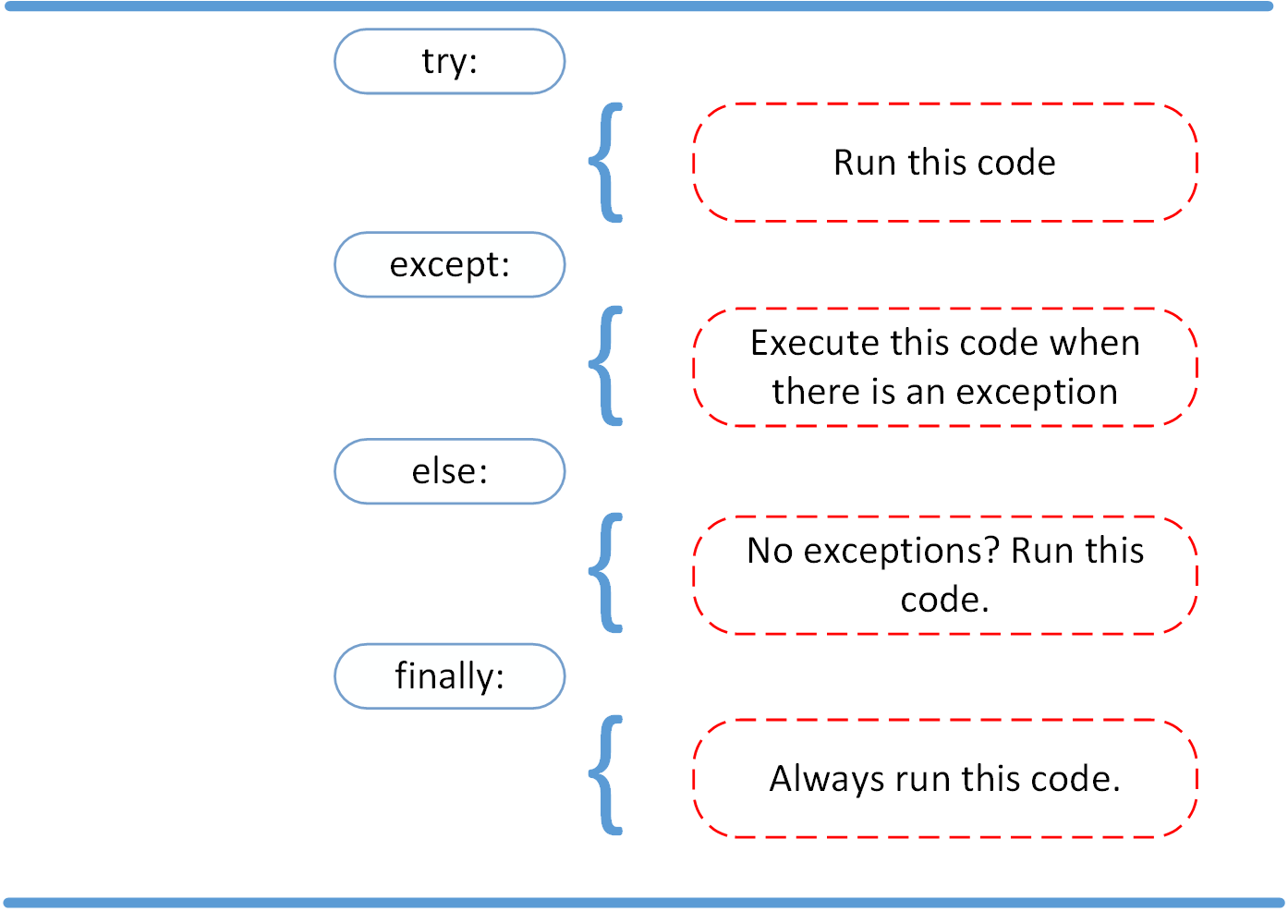Exception In Python Presentation
| Introduction to Exceptions in Python | ||
|---|---|---|
| Exceptions are a way to handle errors or exceptional events that can occur during program execution. When an exception is raised, the normal flow of the program is interrupted. Exceptions can be caught and handled to prevent program crashes. | ||
| 1 | ||
| Types of Exceptions | ||
|---|---|---|
| Python has built-in exception classes for various types of errors, such as ValueError, TypeError, and FileNotFoundError. These exceptions are raised when a specific error condition occurs during program execution. You can also create custom exceptions by subclassing the base Exception class. | ||
| 2 | ||
| Exception Handling with try-except | ||
|---|---|---|
| The try-except block is used to catch and handle exceptions. The code within the try block is executed, and if an exception occurs, it is caught by the except block. Multiple except blocks can be used to handle different types of exceptions. | ||
| 3 | ||
| Handling Specific Exceptions | ||
|---|---|---|
| You can specify the type of exception to handle in the except block. This allows you to have different error handling logic for different types of exceptions. If an exception occurs that is not caught by any except block, it will propagate up the call stack. | ||
| 4 | ||
| Handling Multiple Exceptions | ||
|---|---|---|
| You can handle multiple exceptions using a single except block. This can be done by specifying multiple exception types separated by commas. The except block will be executed if any of the specified exceptions occur. | ||
| 5 | ||
| Handling Exceptions with else and finally | ||
|---|---|---|
| The else block is executed if no exception occurs in the try block. It is commonly used to perform actions that should only happen if the code in the try block runs successfully. The finally block is always executed, regardless of whether an exception occurs or not. It is used to clean up resources or perform cleanup actions. | ||
| 6 | ||
| Raising Exceptions | ||
|---|---|---|
| You can manually raise exceptions using the raise statement. This is useful when you want to explicitly raise an exception based on a certain condition. You can also raise built-in or custom exceptions. | ||
| 7 | ||
| Exception Hierarchy | ||
|---|---|---|
| Python exceptions are organized in a hierarchy, with the base class Exception at the top. Specific exception classes are subclasses of the base Exception class. This hierarchy allows you to catch exceptions at different levels of specificity. | ||
| 8 | ||
| Exception Handling Best Practices | ||
|---|---|---|
| It is generally recommended to catch only the exceptions you can handle. Avoid using bare except blocks, as they can catch unexpected exceptions and hide bugs. Use informative error messages and logging to help with debugging. | ||
| 9 | ||
| Conclusion | ||
|---|---|---|
| Exceptions are an important part of Python programming for handling errors and exceptional events. They allow you to gracefully handle errors and prevent program crashes. By understanding and using exception handling techniques effectively, you can write more robust and reliable code. | ||
| 10 | ||








